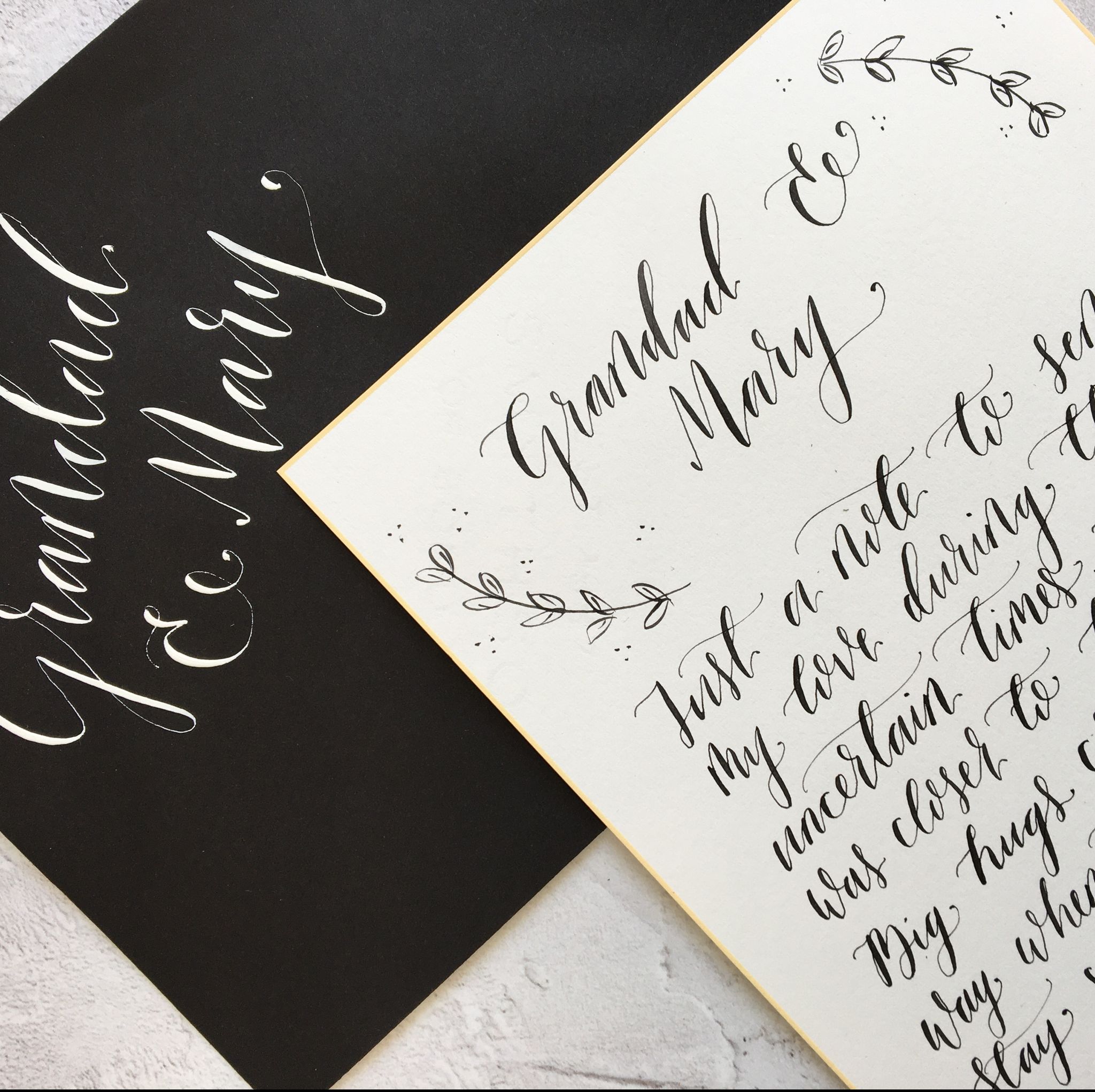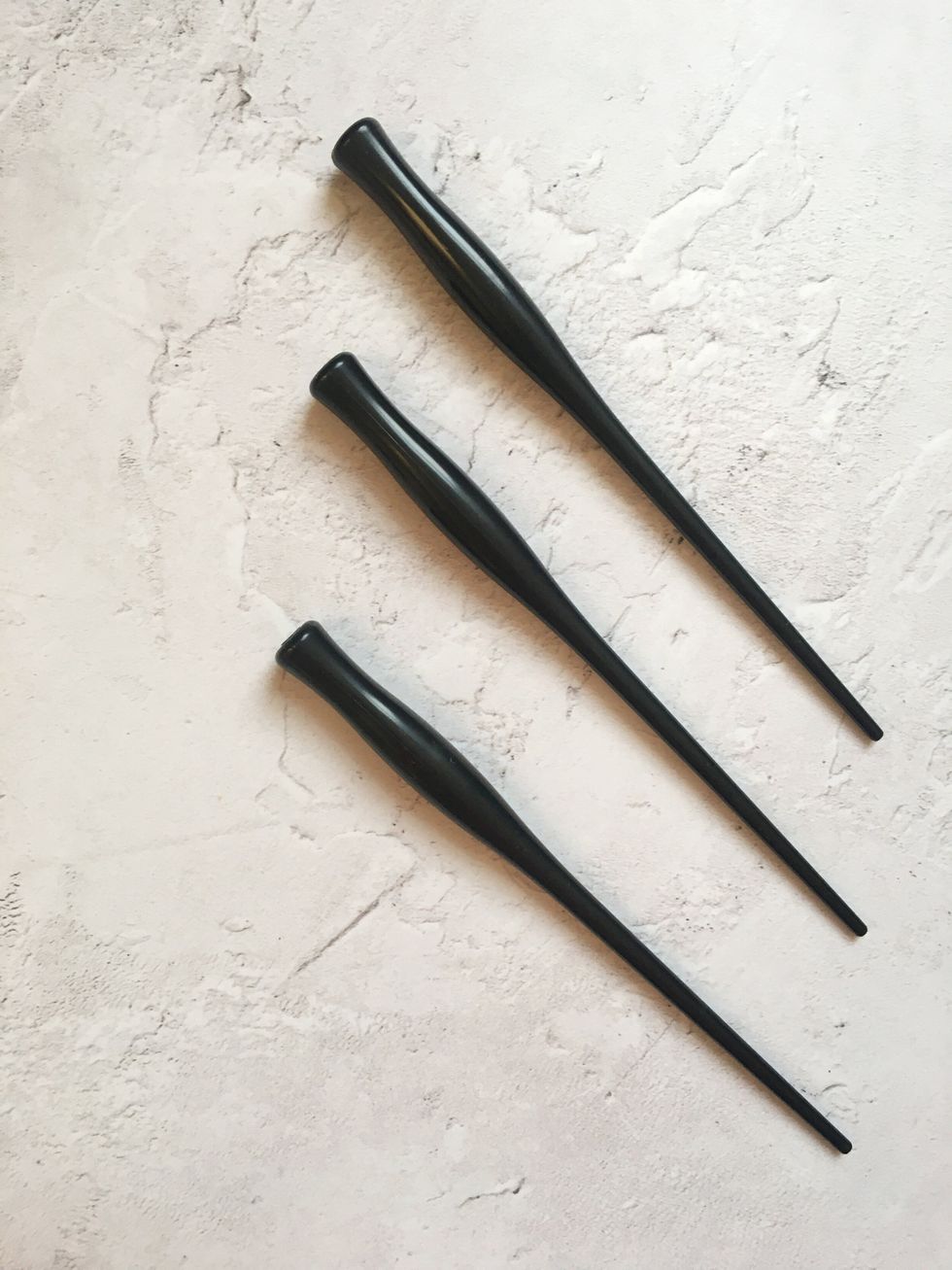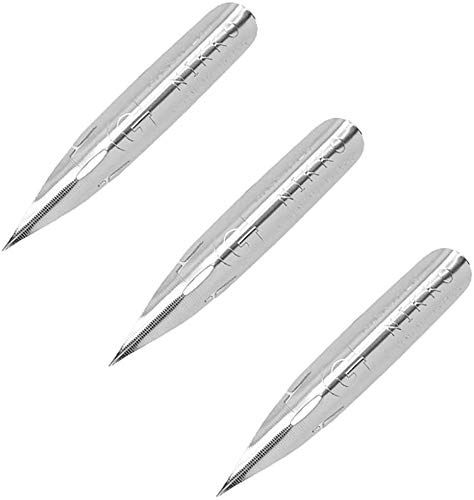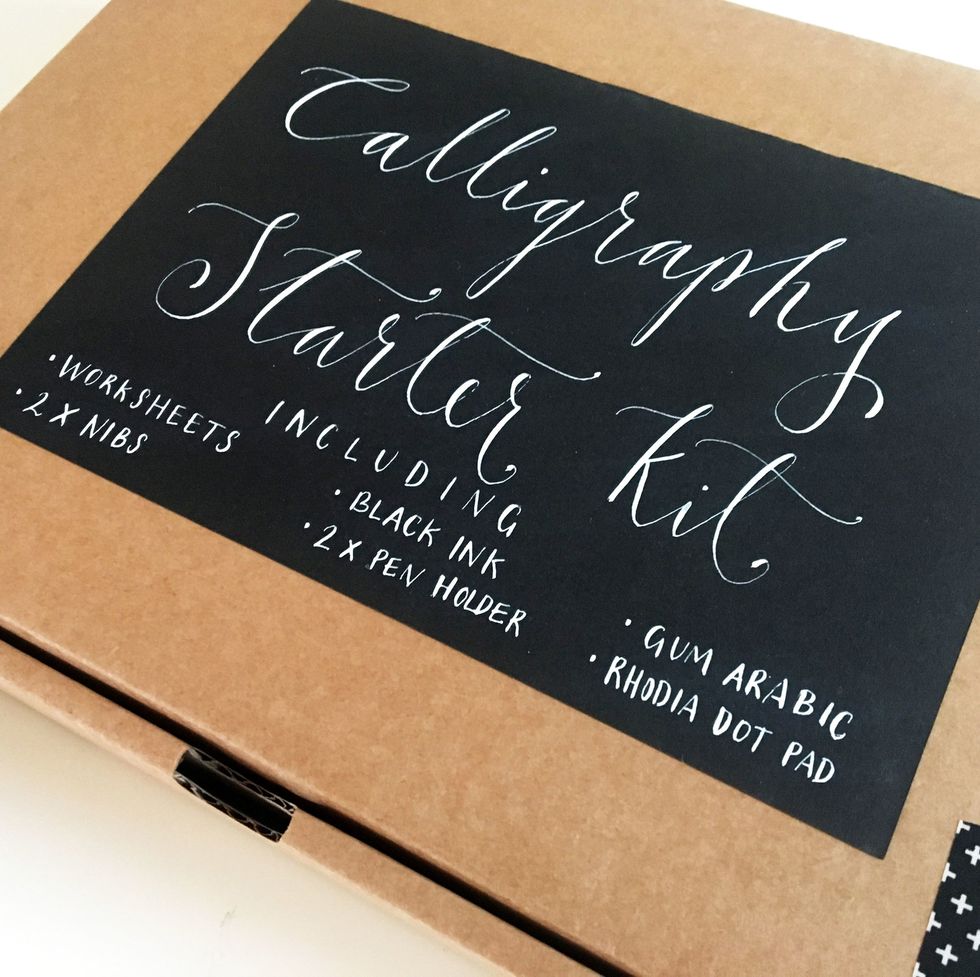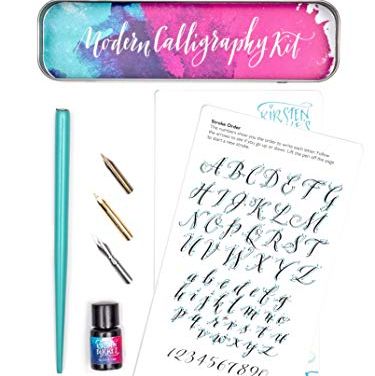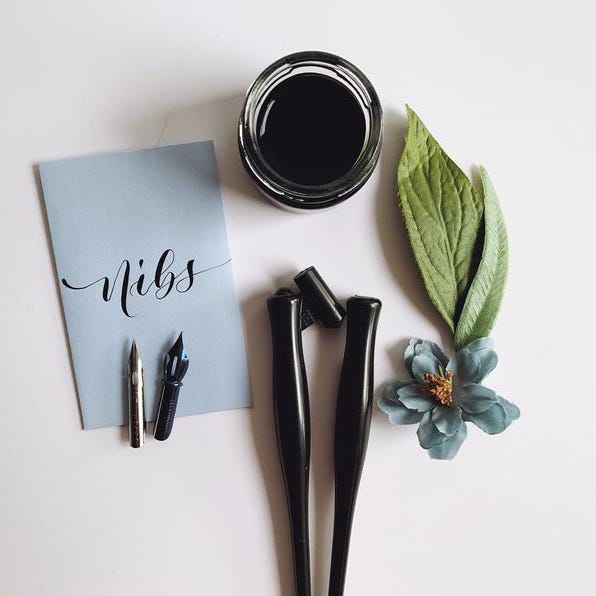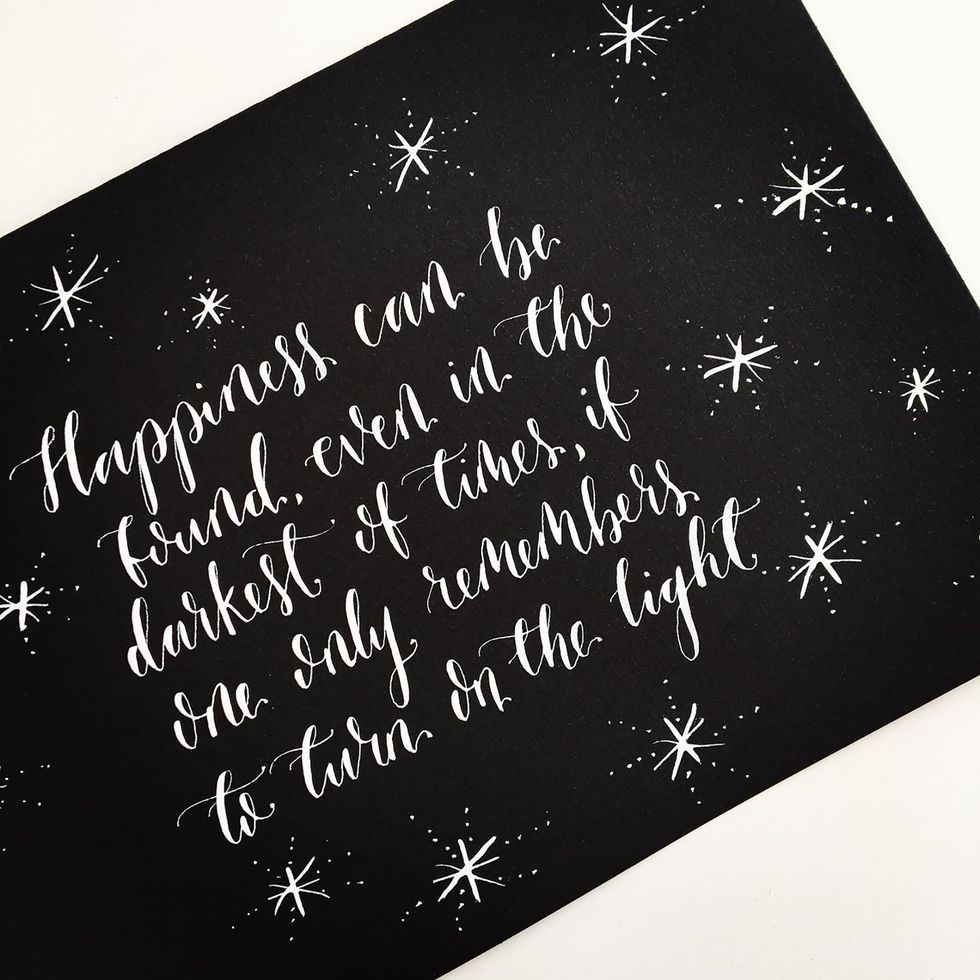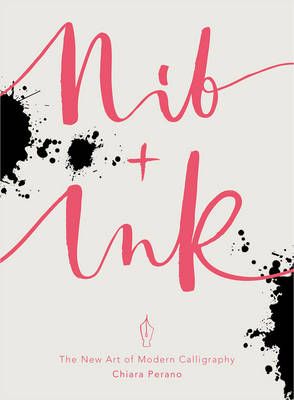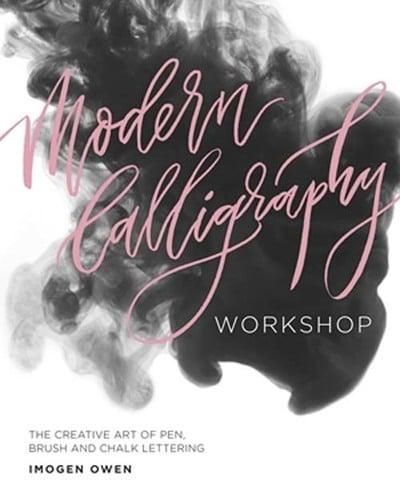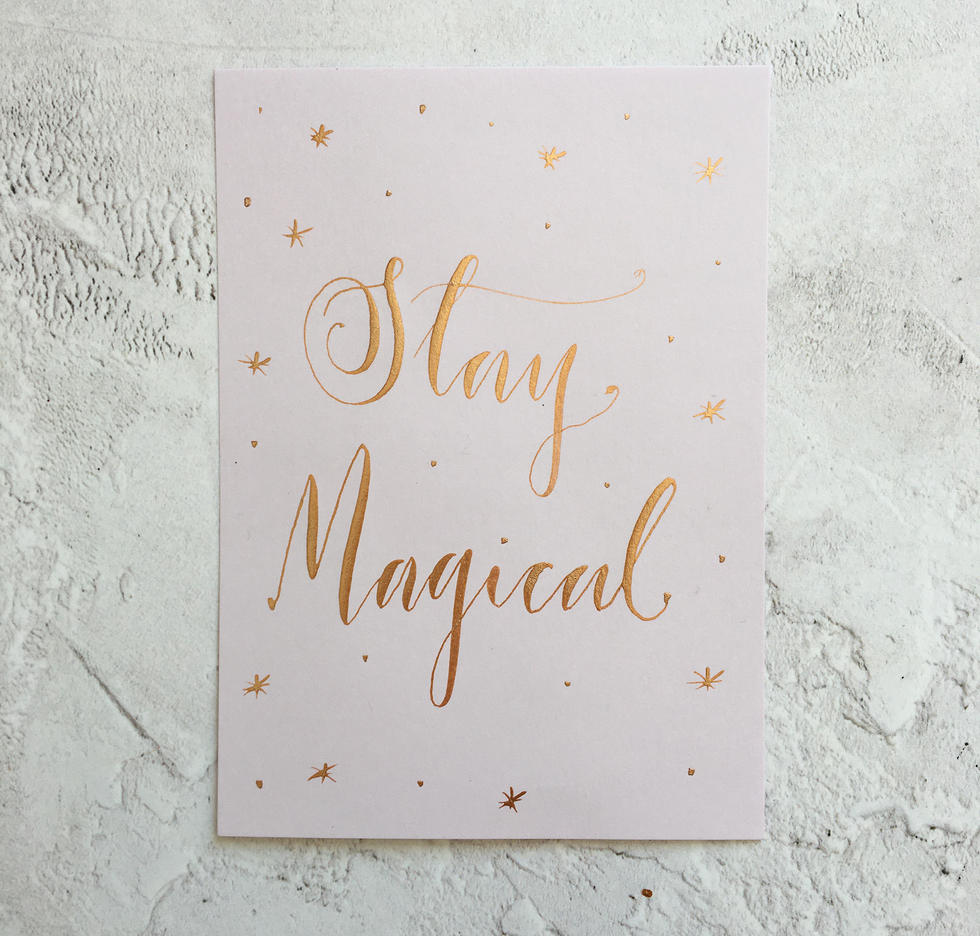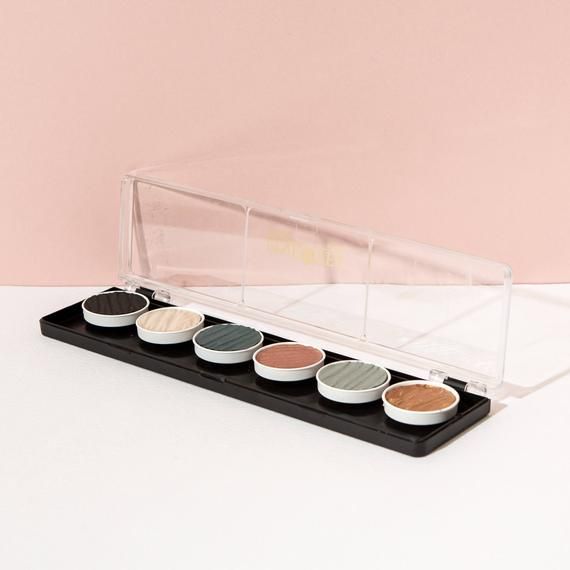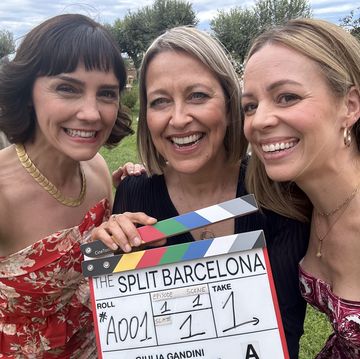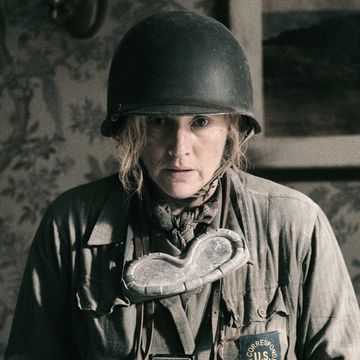Social distancing and self isolation have left many of us looking for ways to occupy our time and lift our spirits. Calligraphy has been 'having a moment' for several years now, but with the current lockdown situation, it's more appealing than ever.
The long-standing Calligraphy and Lettering Arts society (CLAS), told us calligraphy is no stranger to revivals, with a wonderfully rich history of illuminated manuscripts, historical documents, heraldry and carved inscriptions. CLAS says that in today's increasingly visual society, calligraphy is thriving.
The society also credits calligraphy's popularity to the therapeutic and meditative qualities of the slow paced, tactile, screen-free activity.
“Mindful calligraphy, modern calligraphy, calligraphy therapy - these are all trends that speak of our desire to get off the crazy hamster wheel lifestyle and to give a personal touch to everyday items,” said CLAS Chair, Michela Antonello.
So, at a time when we all need a little zen— and when a beautiful hand written card or picture could bring so much joy to a loved one we can't be with — calligraphy could be a great way to while away the hours. We spoke to modern calligrapher Kirstie Bird, also known as Ink & Flow, to get you started.
Kirstie teaches both Calligraphy and Yoga workshops with a focus on mindfulness, sometimes even together. She's teaching online during the lockdown, and here shares her expert tips.
Calligraphy for beginners: A simple guide to learning calligraphy
First up, here's what you'll need to get started...
Calligraphy pens
The long part of the pen is called the pen holder and comes in several shapes.
"There's the hourglass shape, which has got the curved top, then there's straight pen holders, which are just straight. Then you can get an oblique pen holder which is a pen that's got a slight little arm that sticks out at the top. I teach with the hourglass pen holder," Kirstie said.
"The brand that I absolutely love is called Tom's Studio, they're quite pricey but they're amazing - calligraphers love them."
Calligraphy nibs
The nib comes detached from the pen.
"The nib that I would recommend for beginners is called a Nikko G - the most trusty nib for all calligraphers. It's really good to learn with because the tip is slightly thicker than more advanced nibs so it's easier to control."
Calligraphy ink
"The ink that I would suggest is called Higgins eternal black ink," said Kirstie.
"Lots of people sell it. It's a good starting point," she added.
Calligraphy paper
"Rhodia pads are great to practice with - they come with lines, or the dot pad is a particular favourite of mine," Kirstie said.
She suggested Conqueror High White Wove paper for individual sheets but Rymans also do a good selection of smooth white layout paper.
Calligraphy set
A good set or kit, comes with all of the above and some quality guidance.
"Some beginner kits, I think, are really good. I would say if someone's starting brand new, definitely buy a beginner's kit, that's got all the worksheets and talks through how to get going," Kirstie said. (She has sets she makes herself, available on her website's store.)
Calligraphy Stencils
You can buy plastic or card stencils to create a calligraphy effect.
"I would not go down that route, personally, because that just eliminates the whole idea of using the pen, and the nib. With that you can just use any old pen and, you're not creating the shapes yourself. That's more a quick fix," Kirstie advised.
Kirstie's maintenance tip: "Cleaning your nib correctly after every use will prolong its life. Remove your nib from the pen-holder after use, and clean (water and a damp tissue will do the trick). Make sure its then dried thoroughly with a tissue to prevent rusting. Never leave nibs in water or ink. You will know when you need a new nib by how scratchy it becomes on the paper."
What's the first thing to learn in calligraphy?
One of the very first things Kirstie teaches in her workshops is how the nib actually works to create the swirling thick and thin strokes that form calligraphy.
"It's very important to understand. When you dip the nib into the ink, the hole in the top, the vent, fills. To get the flow of the ink on the paper you apply pressure and you can see that the two sides of the nib, called tinses, open up; the ink flows through and you get a thick line," Kirstie explained.
"If you apply very little pressure — a very light touch with your hand and the nib on the paper — the nib's not opening so you don't get as much ink flowing through; that's when you get your thin line which we call a hairline.
"The pressure is always on the downward strokes, then the release is always as you come up."
Kirstie teaches how to get used to the nibs and start mastering pressure and release with warm up shapes first, before moving onto letters. So don't dive straight into that alphabet.
How to hold a calligraphy pen
When it comes to achieving the elegant and beautiful calligraphy of your dreams, a lot comes down to the simple mechanics of how to hold your pen.
"To get the nib to open you need ideally need to have the pen in between your thumb and first finger, and the angle of the pen needs to be as low down to paper as possible, around 45 degrees. If the angle is too high, when you go to apply pressure it's not going to open, it's just going to scratch," Kirstie said.
"The nib also needs to be facing forwards because if it turns on its side, when you go to apply pressure, it's not going to open," she added.
Even the direction comes into play when allowing the nib to flow freely
"When you're writing, you want to be pointing to the top of the page and moving in a forward direction. If you're right handed, your hand is naturally going to point to the top left (backwards), all you need to do to adjust that is turn your paper."
"The more relaxed your hand is on the upstroke, the lighter the touch, the more it will glide up the page. My motto is 'let it flow'. If you start to notice that you're getting cramp in between the front and the first finger. That means you're holding the pen too tightly," Kirstie explained.
Kirstie's tip on loading up your pen: "Dip the nib into the ink so it goes just past the hole in the top of the neck, then scrape the underside of the nib once on the side of the glass on the ink jar to get rid of excess ink. If you have too much ink on the nib, it will splatter so you need to release some."
The best resources for calligraphy
Kirstie recommends buying a book over searching for worksheets. Her two favourites are Nib + Ink by Chiara Perano and Modern Calligraphy Workshop by Imogen Owen.
"They basically talk you through everything. They break down step by step how it all works and it's very easy to follow. And then there's warm up exercises and lots of different letter styles you can practice."
"That's the biggest thing that I found useful with the books - they provide you with lots of different options for each letter, lots of different shapes. When you're learning, it's good to follow a guide but it's also important to play around with different lettering styles to find your own style," she said.
That's not to say there isn't a plethora of great online resources too. Kirstie loves The Postman's Knock — a website with a tutorial filled blog, catalogue of courses, and a supply store all in one. The site has a mix of paid for and free printable worksheets, but you can check out their free worksheets HERE.
How to practice your calligraphy
"It's best to do lines of each letter, repeated, when you're practicing - a line of As, a line of Bs, a line of Cs, and so on. Seven or eight per line," Kirstie advised.
"If you get frustrated, try to take a deep breath and relax. Most people find calligraphy very relaxing, but sometimes you can get frustrated when the letters aren't going the way you want them to."
When you're happy with that, it's time to move onto the next challenge.
"As soon as possible, once you've had a bit of practice and are comfortable with writing some letters, challenge yourself with a project like a small print or a card.
"Dedicate your time to making something worthy of going on the wall or sending out to a friend. Get creative with decorations around the letters like little polka dots or stars or leaf illustrations - play around."
What to do if you make a mistake
"Unfortunately there's no way to correct a mistake, so you've got to be careful. I've learnt that many times," Kirstie said.
But she did offer up a handy trick to help with avoiding those mistakes.
"You can write in pencil first, in the calligraphy style, just to roughly mark it out. Once you know the positioning of the letters is correct, then go over it. Once the ink is dry, get a rubber and rub the pencil underneath out. You don't need to worry about smudging the ink as long as it's dry."
Ultimately, it's all about practice.
"Practice makes perfect just hits the nail on the head with calligraphy. The first few cards you make might go wrong, but if you keep practicing, and you keep going, you will get there," she said.
How to develop your own calligraphy style and get creative
Calligraphy is often very expressive and personal, and developing your own style needn't seem daunting.
"Experiment with different styles so you don't get stuck in a rut. Have a look at what other calligraphers are doing and what they what they've got going on. Try to incorporate a bit of something from one, and something from someone else, and then see where your style ends up," Kirstie said.
"When you're feeling confident, it's fun to experiment with metallic ink. There's a brand called Finetec that create beautiful metallic inks. You basically paint the ink onto the nib with a paintbrush, so it's a slightly different technique but it's beautiful."
Kirstie's favourite Instagram accounts for calligraphy inspiration:
@quilllondon
Like this article? Sign up to our newsletter to get more articles like this delivered straight to your inbox.
In need of some positivity or not able to make it to the shops? Enjoy Good Housekeeping delivered directly to your door every month! Subscribe to Good Housekeeping magazine now.
SUBSCRIBE HERE
